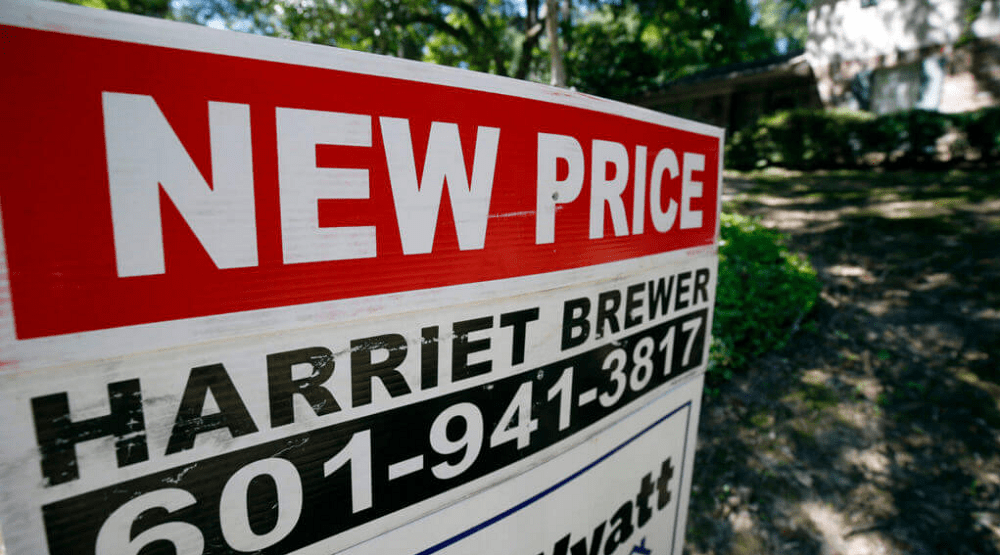The Housing Market Is Starting to Cool Down – and It Could Get Worse
July 29, 2020 @ 10:38 +03:00
The U.S. housing market showed signs of slowing in May. While home prices kept rising, they did so at a slower pace than they did in April. This is likely due to the brief but sharp slowdown in home sales caused by the pandemic. The S&P CoreLogic Case-Shiller U.S. National Home Price NSA Index reported an annual gain of 4.5% in May, down from a 4.6% gain in April. Home prices in the 10-city Composite increased 3.1% annually, down from 3.3% in the previous month. The 20-City Composite posted a gain of 3.7% year-over-year, down from 3.9% in April.
Phoenix, Seattle, and Tampa had the highest year-over-year gains among the 19 cities (excluding Detroit) in May. The National Association of Realtors (NAR) reported last week that the median price of existing homes was $295,300 in June, up 3.5% annually, as prices increased in each region. Housing inventory totaled 1.57 million units in June, up 1.3% from May, but still down 18.2% from a year ago.
The gap between supply and demand explains why many economists say home prices will continue to rise even if the labor market takes another hit from the pandemic. Home prices might continue to grow in the summer and during the rest of 2020. They probably won’t continue to rise forever, though. There are signs that home prices could end up falling. According to the Federal Housing Finance Agency (FHFA) House Price Index, U.S. house prices fell 0.3% May. Prolonged economic damage due to the pandemic could cause home prices to drop in 2021. Federal regulators have offered a forbearance option to anyone with a mortgage backed by Freddie Mac, Fannie Mae, or Ginny Mae, preventing jobless homeowners from going into foreclosure. Forecasters predict house prices will start to drop next summer when the forbearance year is about to expire.
The Housing Market Is Starting to Cool Down – and It Could Get Worse, CCN, Jul 29








